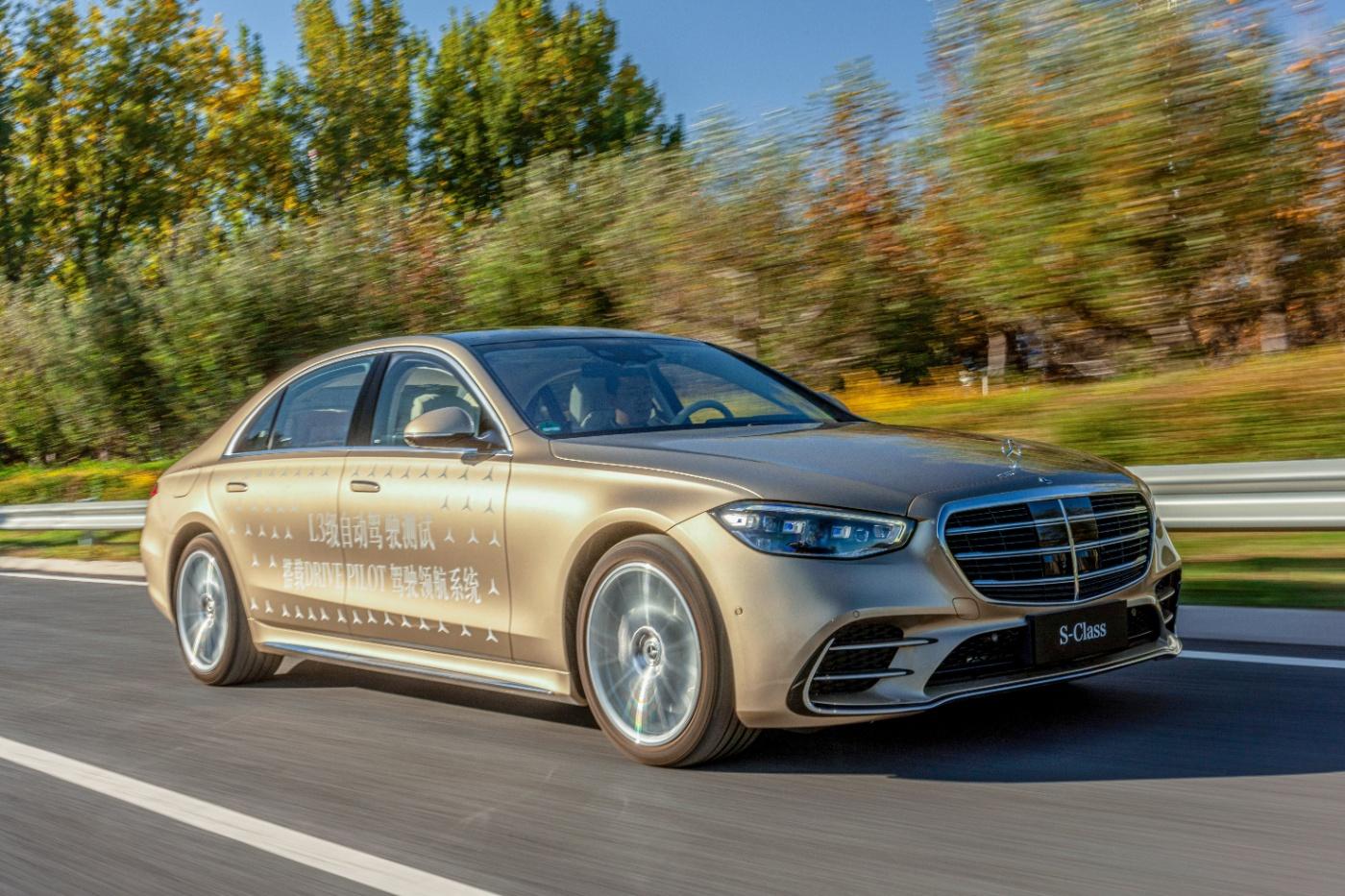







Weekly update
German "Umweltbonus", Volkswagen, Tesla, NACS, Mercedes-Benz
Post from 29.12.2023
- IAA MOBILITY Weekly
- Environmental Bonus, Volkswagen, Tesla, NACS, Mercedes-Benz

The end of the German "Umweltbonus" and what manufacturers are doing against it, a first design sketch of the electric Volkswagen Golf GTI, NACS as the new SAE charging standard in North America, Tesla's work on wireless charging options for electric cars, and the approval of Level 3 driving systems by Mercedes-Benz in China – these are our news in the last week of this year. We wish you a Merry Christmas and a Happy New Year 2024.
The end of the German "Umweltbonus" and what manufacturers are doing against it, a first design sketch of the electric Volkswagen Golf GTI, NACS as the new SAE charging standard in North America, Tesla's work on wireless charging options for electric cars, and the approval of Level 3 driving systems by Mercedes-Benz in China – these are our news in the last week of this year. We wish you a Merry Christmas and a Happy New Year 2024.
With the surprising end of the German "Umweltbonus" for electric cars on December 17, 2023, many buyers who ordered a vehicle expecting the subsidy are now facing a problem. Many car manufacturers have announced that they will cover the disappearing state portion of the purchase premium for private customers for a limited period. These manufacturers now include Audi, BMW, BYD, Dacia, Hyundai, Kia, Mazda, Mercedes-Benz, MG Motor, Nio, Nissan, Polestar, Renault, Seat (Cupra), Skoda, the Stellantis group, Subaru, Tesla, Toyota and Lexus, Volkswagen, and Volvo.
Each manufacturer has set different conditions and terms. A good and updated overview can be found here.
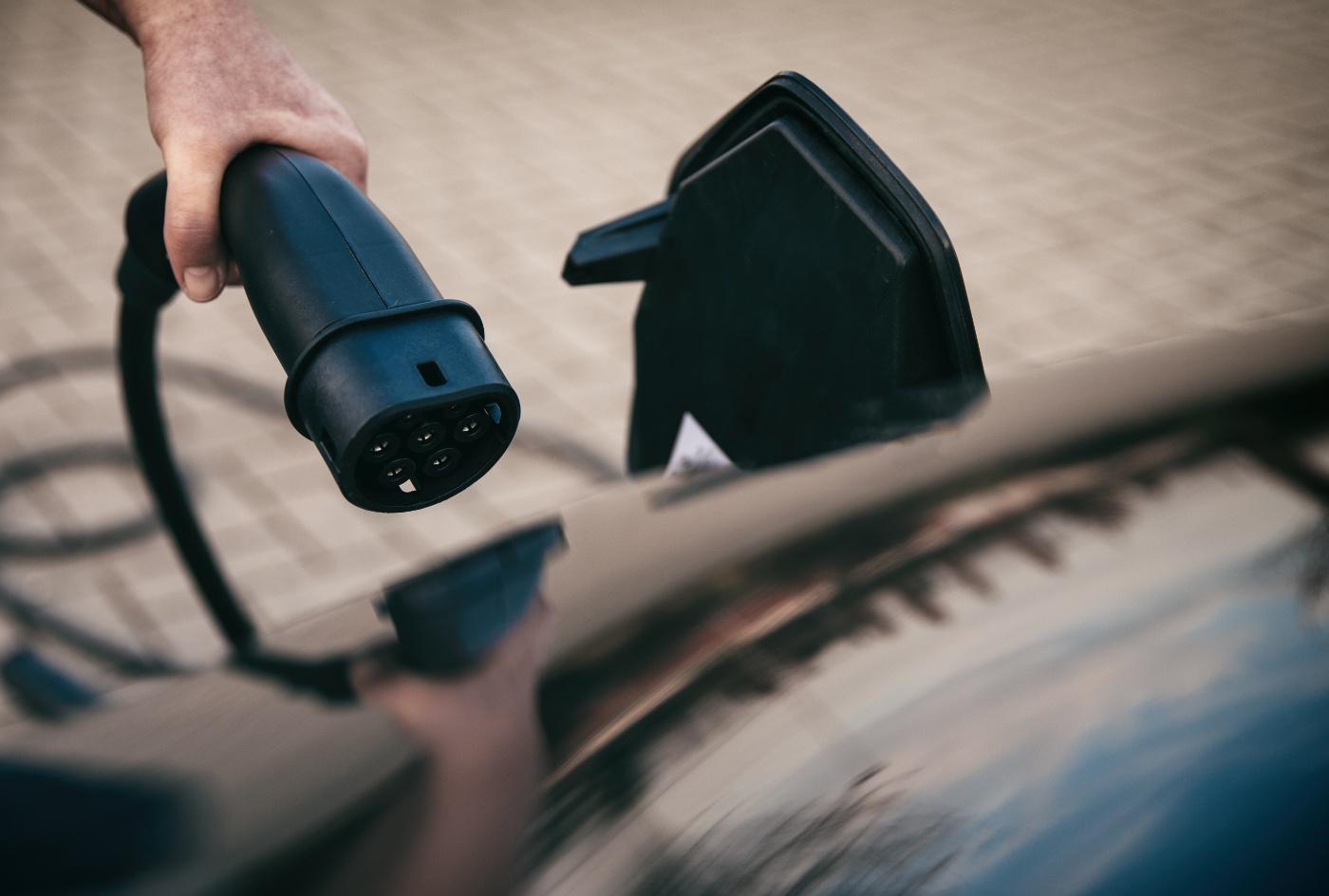

At the IAA MOBILITY 2023, Volkswagen had already announced the electric version of its iconic Golf GTI. Back then, Volkswagen CEO Thomas Schäfer predicted a production version by 2027, stating, “With the ID. GTI Concept, we are bringing the GTI DNA into the electric age.” Now, VW's chief designer Andreas Mindt has presented a first design sketch on Instagram, specifying the launch of the electric GTI for 2026. “The Golf GTI was first introduced in 1975 at the Frankfurt Motor Show in a limited edition of 5,000 units. To date, we have sold more than 2.8 million units. In 2026, we will introduce an electric version of this cult model," writes Mindt. By 2027, the Volkswagen brand plans to bring a total of eleven new all-electric models to the market.
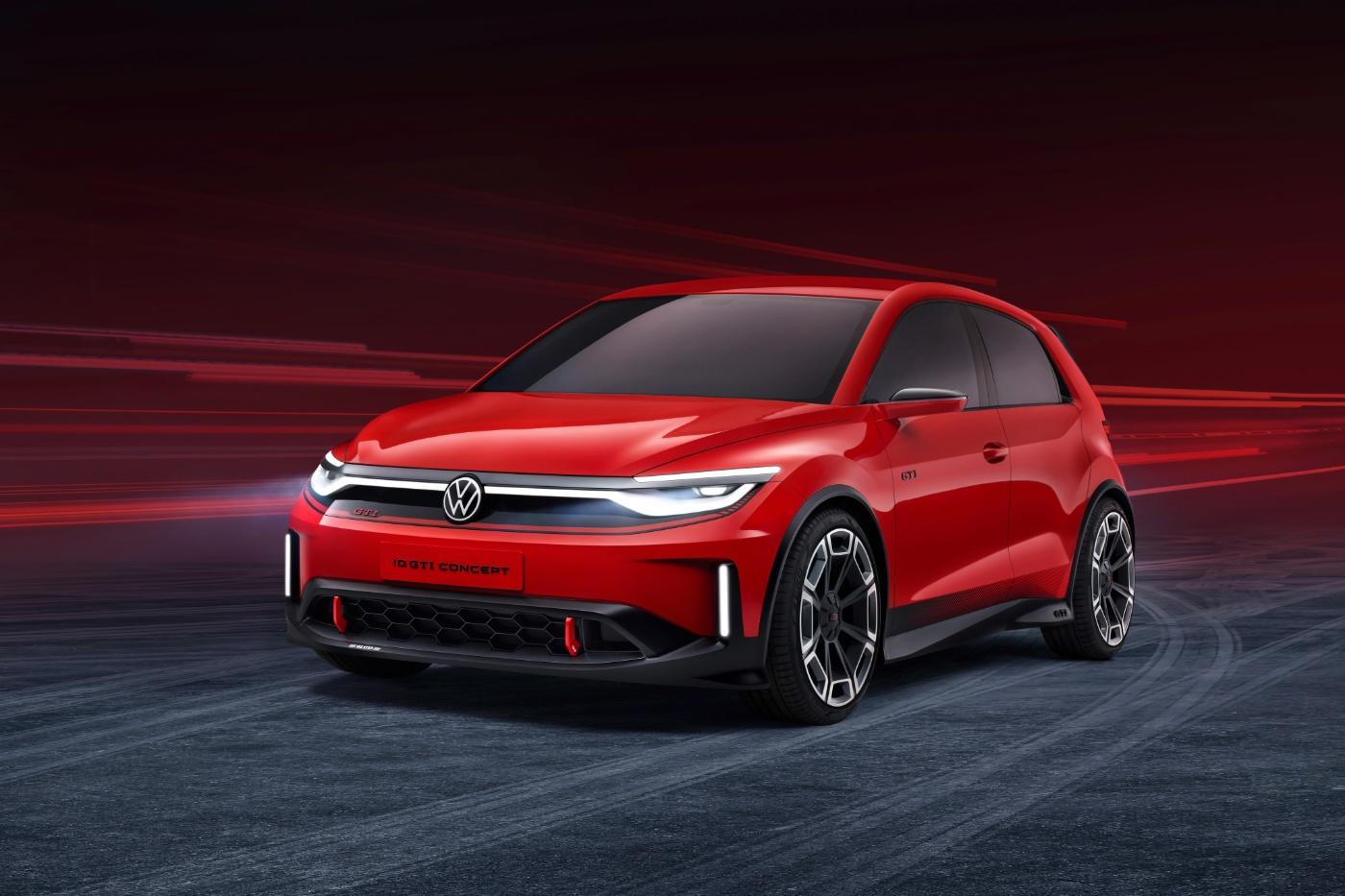

The "North American Charging Standard" (NACS), initiated by Tesla, has now officially achieved the status of an SAE charging standard. SAE International, the global association of automotive engineers, announced its intention to standardize the fast charging connector (NACS) to make the charging plug independent of Tesla. In an official announcement, SAE International explained this move by stating that any supplier or manufacturer should be able to use, produce, or deploy the charging standard for electric vehicles and charging stations throughout North America in the future. As early as the beginning of summer, manufacturers such as Ford, General Motors, and Rivian had announced their intention to install the charging port in their cars. Now, parallel to this announcement, the Volkswagen Group also announced that it will install Tesla charging ports in its electric cars from 2025.
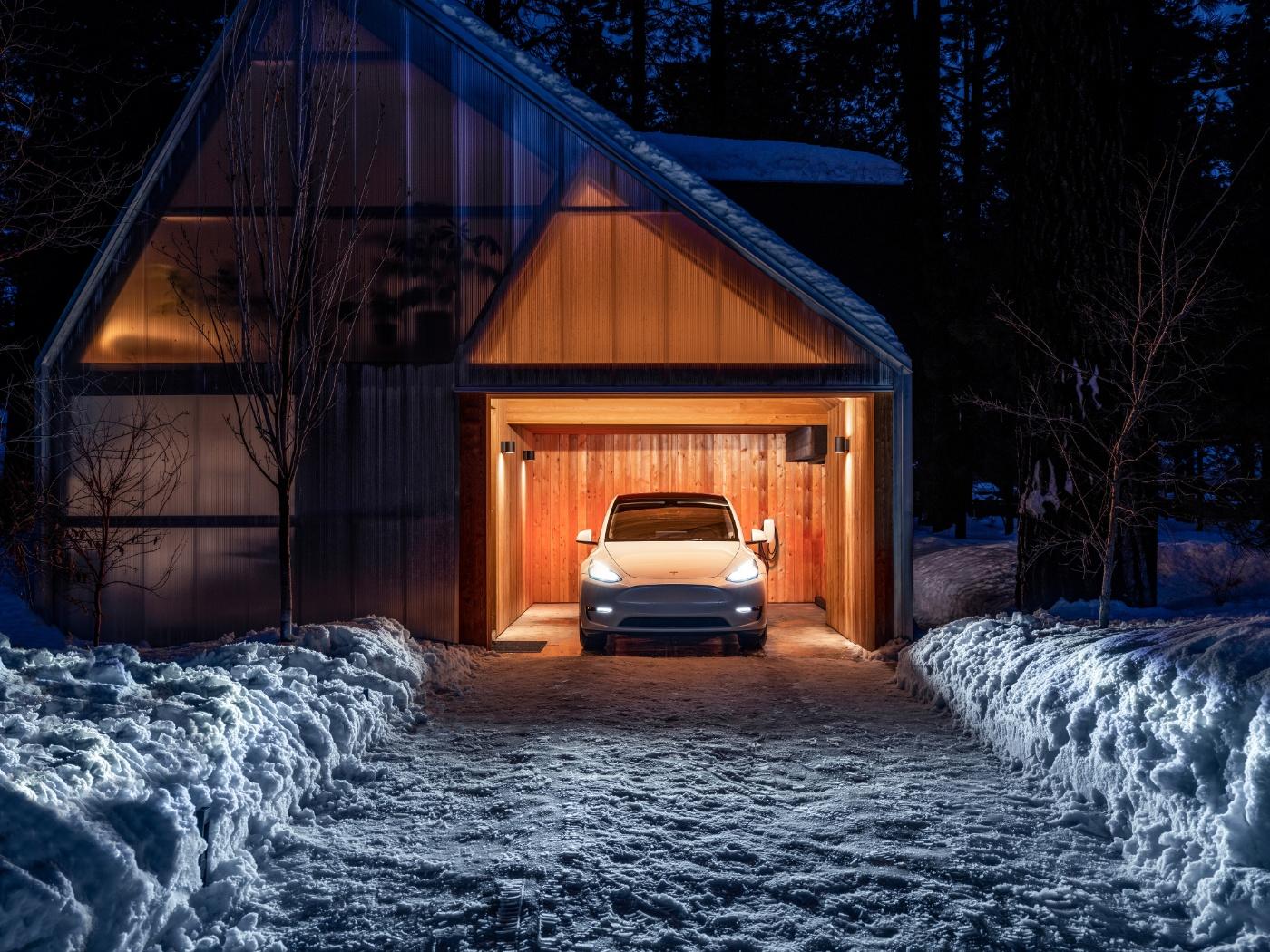

Tesla is working on a wireless charging option for electric vehicles. Instead of a traditional wall box, a charging pad is to be used. The idea is that instead of plugging in a charging cable, Tesla drivers should be able to simply charge their car over a pad in their garage, initiating the charging process. It is still unclear whether the charging pads are intended only for home garages or whether it would be conceivable to use them at public charging stations. Tesla has also been experimenting with robotic arms that should automatically establish the cable connection for charging.
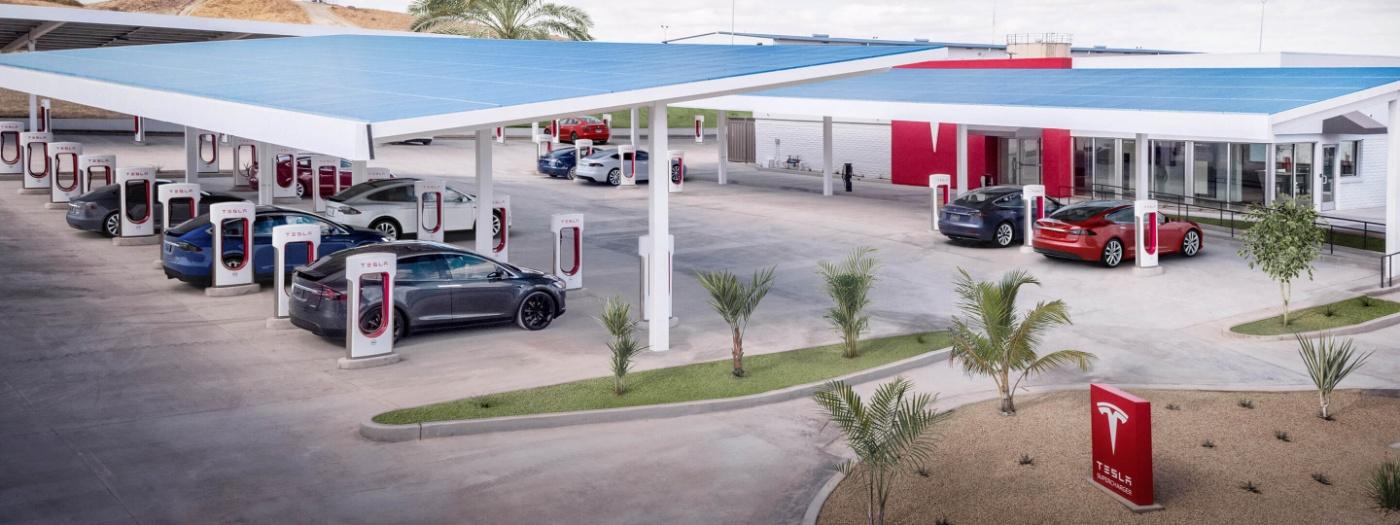

Mercedes-Benz is one of the first car manufacturers to receive the green light to test its highly automated driving systems (Level 3) in Beijing. The company plans to begin testing systems for highly automated driving on designated highways in Beijing and aims to test its Level 3 driving system on certain highways in the Chinese capital. Mercedes-Benz has been conducting test ground trials of Level 3 systems in China for years.
The Level 3 system, called DRIVE PILOT, includes additional sensors that Mercedes-Benz considers essential for safe, highly automated driving. These include a LiDAR sensor, an advanced stereo camera in the windshield, a multi-purpose camera in the rear window, and microphones, especially for detecting blue lights and other special signals from emergency vehicles, as well as a moisture sensor in the front wheel arch. Mercedes-Benz introduced the DRIVE PILOT in Germany in 2022 as an optional highly automated driving system in the S-Class and the all-electric sedan EQS. In the USA, the production version of the DRIVE PILOT in EQS sedans already made its road debut in California and Nevada.
